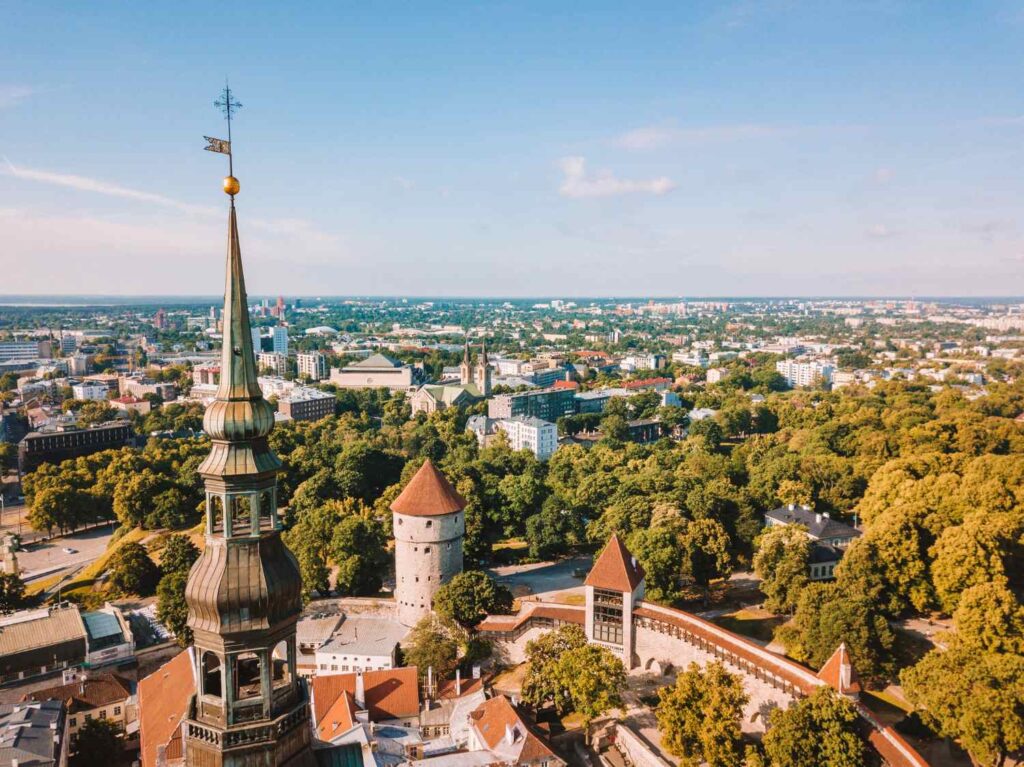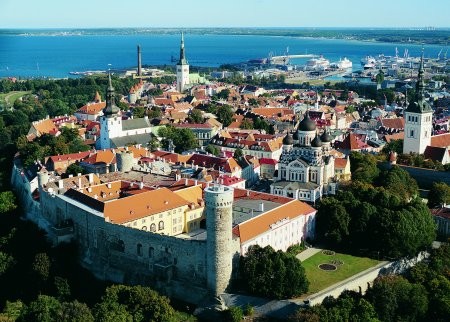The first automated border control gates (ABC gates) were commissioned at Tallinn Airport and Narva border crossing point.
According to Janek Mägi, Head of Border Guard Policy Department at the Ministry of the Interior, the throughput of border crossing points will increase and the waiting time for border crossing will be reduced thanks to the automated border control gates. “The number of passengers has constantly increased year by year and it is highly likely that the same trend will continue after the virus subsides and life returns to normal. It is time to help the border guards with machines that are quick, user-friendly and reliable,” Mägi said. “ABC gates are also used in our neighbouring countries, for example in Sweden, Finland and Lithuania, and I am glad that also Estonian passengers can cross the border quicker and with increased convenience thanks to the modern technological solution. I hope the passengers will quickly get used to the gates,” he added.
According to Egert Belitšev, Deputy Director General of the Police and Border Guard Board, automated gates based on biometrics speed up border crossing, but in addition to the machines, human control shall also be maintained at the border. The employees who check documents today will be responsible for the maintenance of the new system. “Automated border control gates provide a border guard with an additional tool for identification of a person and checking the permission to enter the country. The new system is also useful for the passengers, as it enables contactless border crossing for trusted passengers,” said Belitšev.
According to Riivo Tuvike, Chairman of the Board of Tallinn Airport, self-service in border crossing is an important step towards quicker and more convenient passenger route. “Distance-keeping and reduction of contact will remain with us also in the post-corona period. Therefore, we must review the current processes at the airport and bring them into conformity with the new requirements, which means also expansion of various waiting areas and offering a wider selection of digital solutions in comparison with the current one. In addition to reduction of human contact, ABC gates also help to disperse passengers and speed up the border crossing process.”
Hannes Janno, product owner at the IT and Development Centre at the Estonian Ministry of the Interior (SMIT), explained that under a contract of one million euros, 16 gates will be rented and the installation and maintenance expenses will be paid until the end of year 2022. “Thanks to the new technology, border crossing will be even more secure. If until now an official has visually identified people and checked their documents at the border, now they will have a great technological tool that helps to carry out the task with even greater efficiency and accuracy. The personal identification algorithms of the ABC gates reduce the possibility that someone might cross the border with a wrong document. Moreover, our initial tests have shown that the average time for a person to cross the border through the ABC gates is 15 seconds,“ Janno admitted, adding that it is extremely important to look have a long perspective. “If starting from May 2022, all the members of the European Union must join the European Entry/Exit system, with these gates we will be ready to do that,” Janno explained.
After the expiry of the current grant agreement at the end of year 2022, the Police and Border Guard Board in cooperation with the IT and Development Centre at the Estonian Ministry of the Interior is planning to apply for additional funds to continue the maintenance of the gates. It is also considered to purchase similar gates for other border crossing points.
Narva border crossing point and Tallinn Airport are the main gateways for entry into Estonia for many people arriving here. The total number of people having crossed the border of Estonia in 2020 was over 1.5 million, with 810,000 people at Narva border crossing point and over 210,000 people at Tallinn Airport.
The purchase of gates was co-financed by the EU Internal Security Fund and the Ministry of the Interior. The technological solution was provided by AS Alarmtec who won the public procurement.






